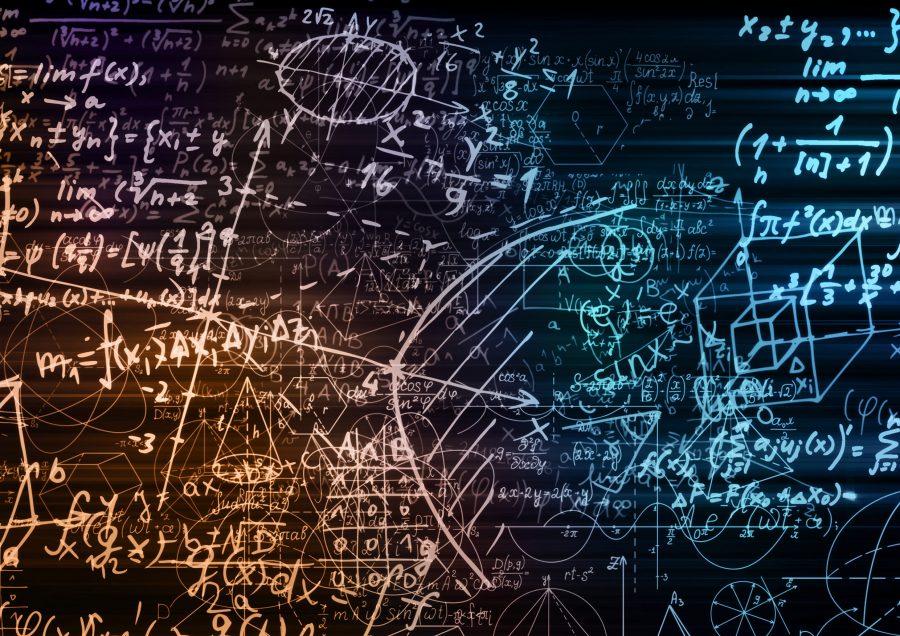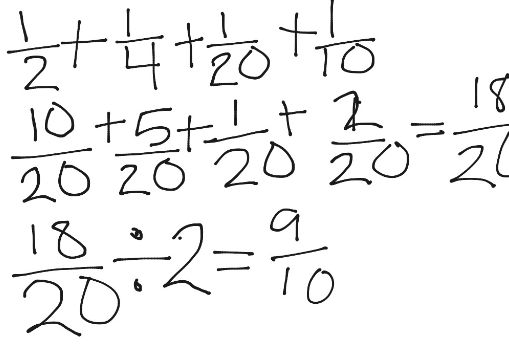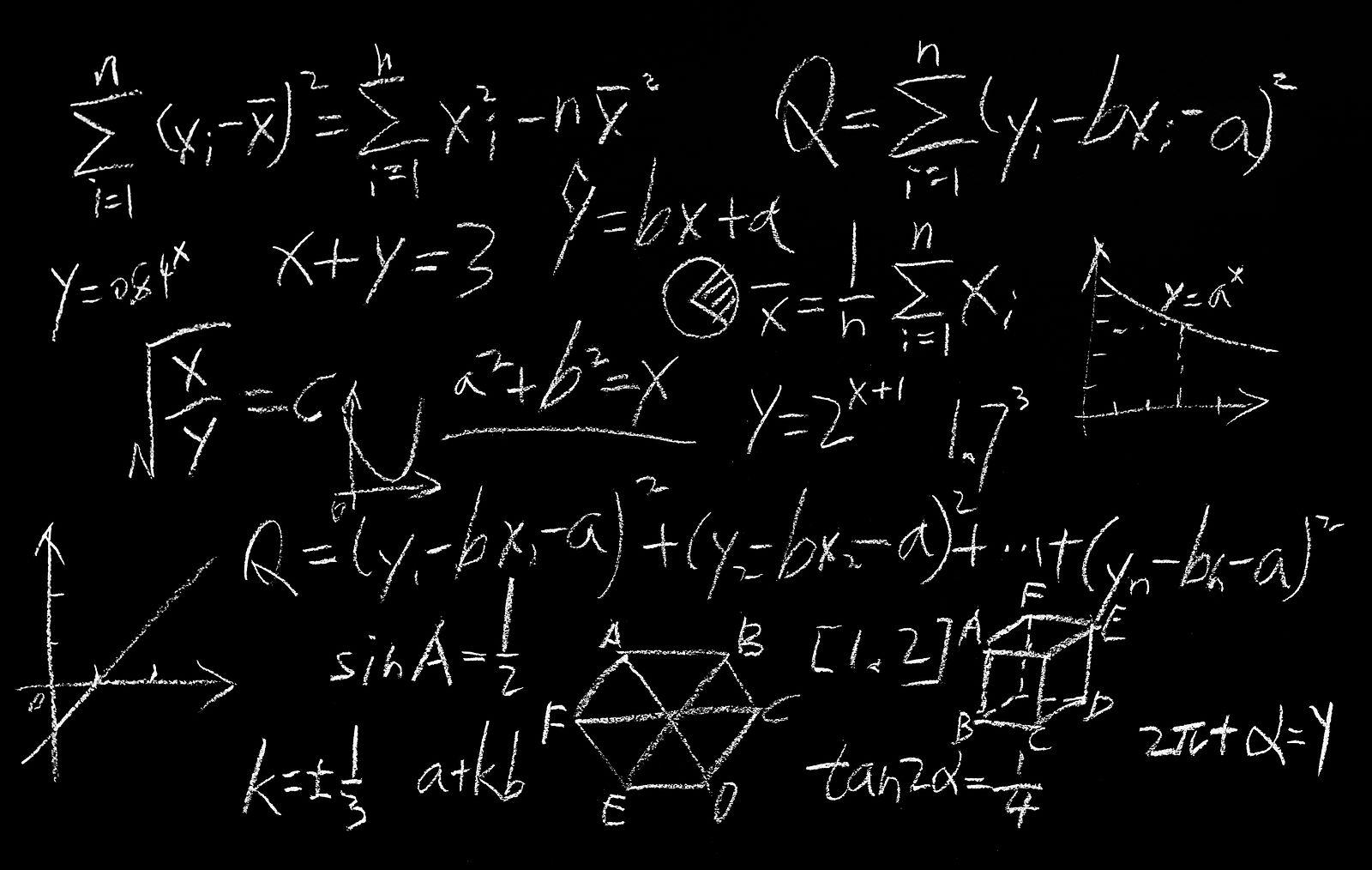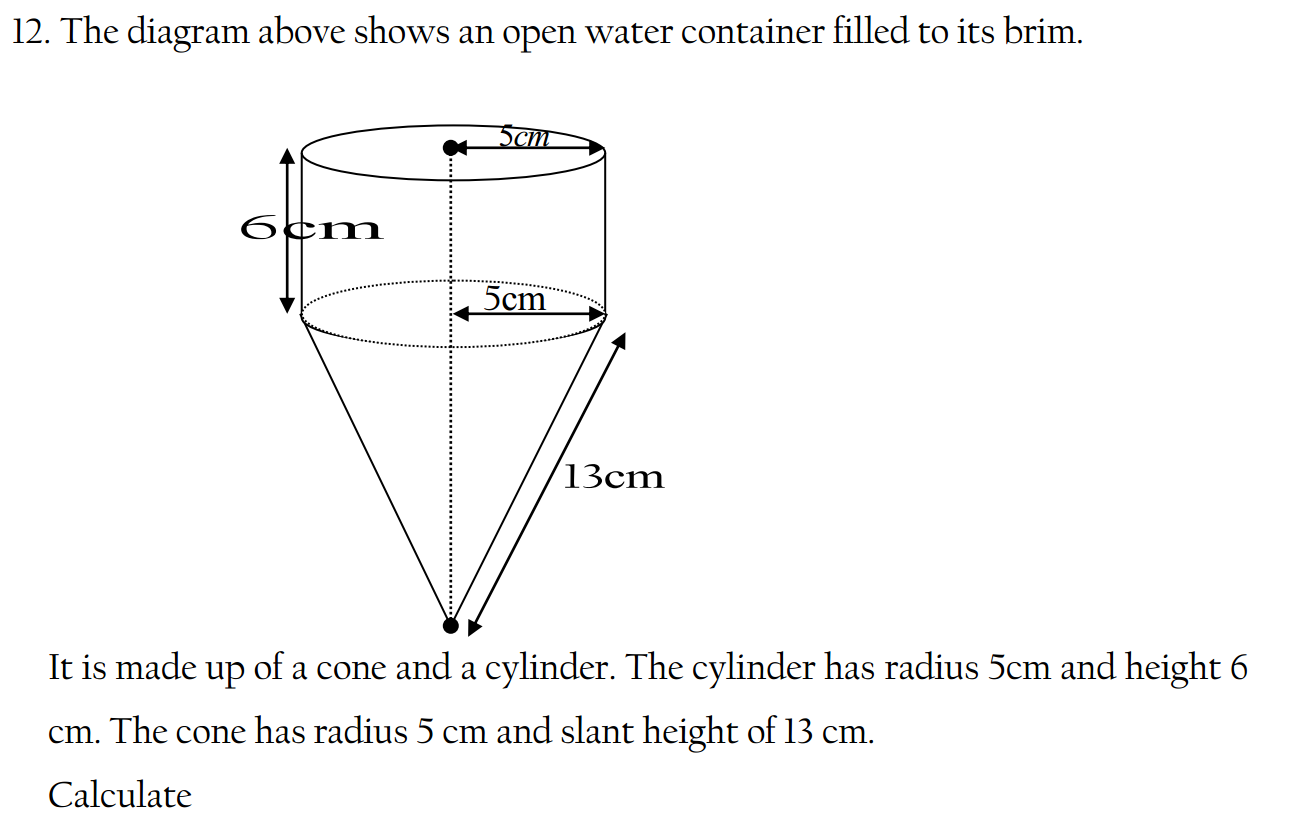- Define a set and provide an example.
- What is the cardinality of an empty set?
- State and explain the concept of the universal set.
- Explain the concept of a subset and provide an example.
- What is the difference between a proper subset and an improper subset?
- State and prove the associative law of set union.
- Prove De Morgan’s laws for sets: (A ∪ B)’ = A’ ∩ B’ and (A ∩ B)’ = A’ ∪ B’.
- Explain the concept of the power set and provide an example.
- State and prove the distributive law of set intersection over set union.
- Define the complement of a set and provide an example.
- Prove that the intersection of a set with its complement is the empty set: A ∩ A’ = ∅.
- State and prove the identity law for set union: A ∪ ∅ = A.
- Explain the concept of the Cartesian product of sets and provide an example.
- State and prove the identity law for set intersection: A ∩ U = A.
- Define the concept of set equality and provide an example.
- Prove that the union of a set with its complement is the universal set: A ∪ A’ = U.
- Explain the concept of disjoint sets and provide an example.
- State and prove the idempotent law for set union: A ∪ A = A.
- Define the concept of a finite set and provide an example.
- State and prove the idempotent law for set intersection: A ∩ A = A.
These questions cover various aspects of set theory, including definitions, set operations, set laws, and properties.





































































































